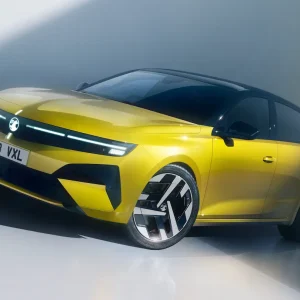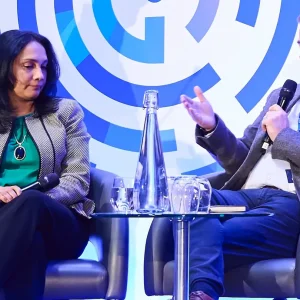When the original Qashqai was launched in 2007, it had fewer than half a dozen rivals and the majority of those were built to appeal to the town and country set, not your average urbane urbanite.
Fast forward 11 years and you can hardly move for urban SUV crossovers, but Nissan is not about to hand over its market pre-eminence without a fight. So, for 2019, it is introducing a new range of powertrains and updated tech to the Qashqai range.
Power with refinement
First up the engines, or rather the engine. It’s a 1.3-litre turbocharged four-cylinder petrol engine, and if ever there was a lot riding on an engine, then it’s this fella. That’s because as well as providing motivation for the Qashqai, it also has to satisfy the needs of a host of diverse models from the Nissan, Renault, Mitsubishi and Mercedes alliance.
Hence, a high level of investment and no little engineering expertise has been expended to create an engine that provides strong pulling power and exceptional mechanical refinement.
The new engine effectively replaces the 1.2 and 1.6-litre units previously found in the Qashqai and you can have it in two states of tune, either with a 140 or 160hp output.
Regardless of power, both are more efficient than the units they replace, and while the latest exhaust particulate filters help lower emissions, service intervals have jumped from 12,500 to 18,000 miles.

In a nutshell, the new engine is an absolute belter, especially the 140hp derivative.
Featuring a host of whizz-bang engine tech, including the latest electric turbocharging control, power is delivered smoothly and progressively from extremely low revs with only the slightest hint of boost at around 2,000rpm interrupting the otherwise linear delivery.
With this kind of flexibility to call upon, you’ll rarely need to rev the engine hard, but if you’re that way inclined it remains impressively smooth and hushed all the way to the red line.
Slick shifter
Speaking of smoothness, although the standard six-speed manual gear shifter has a surprisingly long throw, it’s sweetly weighted and slips between the ratios with silky ease.
Prices are yet to be confirmed for the seven-speed dual-clutch automatic transmission although we expect it to cost around £1,000, but it will only be available with the stronger 160hp engine as well as a high specification.
Inside, things are airy and spacious enough for four adults to travel in comfort, while robust, high-quality materials are used throughout the length and breadth of the cabin.

As for downsides, although the infotainment has been revamped and finally caught up with the rest of the industry by providing Apple Carplay and Android Auto, it’s still not that great. Yes, the home page can be customised with shortcuts and apps, and it’s quicker to respond and will react to pinch and swiping motions, but the screen itself is still very small and, as a consequence, quite difficult to operate on the move.
Don’t forget diesel
Although Nissan concedes petrol engines will have limited appeal to fleets, it reckons its updated 1.5-litre dCi unit is still a viable option, while an all-new 1.7-litre diesel engine, which will also be available with four-wheel drive, will join the line-up next year.
The latest Qashqai is an easy car to like with many strengths and very few weaknesses. This is a view reflected in its strong residuals, with many models holding over half of their value after a three-year period.
This latest petrol model is a precursor to a range of new more efficient powertrains and as such we struggle to see anything other than continued success for Nissan’s class leader.
P11D: £25,675
Cost per mile: 42.35p
Fuel consumption: 53.2mpg
CO2 (BIK band): 130g/km (27%)
BIK 20/40% a month: £116/£231
Boot space: 430 litres
Engine size/power: 1,332cc/140hp





